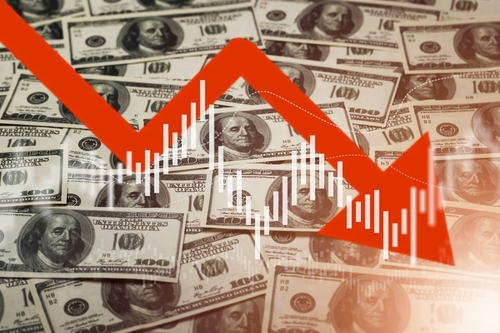Wayfair executives are expressing concerns about a slowdown in the home goods market, drawing parallels to the 2008 global financial crisis. CEO Niraj Shah and CFO Kate Gulliver highlighted significant declines in consumer spending, mirroring trends seen during the last major economic downturn.
Shah noted, "Customers remain cautious," as he discussed the company's disappointing financial performance, which fell short of expectations on both top and bottom lines. The executives pointed out that rising interest rates and inflation are leading to reduced discretionary spending on home furnishings and decor.
https://twitter.com/koolcryptovc/status/1819482093480538458
The current economic environment, marked by high inflation and increased borrowing costs, is pressuring consumers to cut back on non-essential purchases. This is reminiscent of the behavior observed during the 2008 financial crisis, where home-related expenditures were among the first to be slashed from household budgets.
Wayfair's latest financial results have raised alarms within the industry, indicating that the company is experiencing a significant downturn. The e-commerce giant reported a decline in sales and profits, with executives attributing this to a marked decrease in consumer spending on home goods.
#Recession fears right in time for the election
Just like 2008 ☠️ pic.twitter.com/rHOlHIUr4o
— Ty Digital (@tydigital21) August 2, 2024
CFO Kate Gulliver elaborated on these points during an interview with CNBC, emphasizing that the slowdown is not isolated to Wayfair but reflects broader economic challenges. "We're seeing a cautious consumer," Gulliver said, underscoring the widespread impact of the current economic conditions on the home goods sector.
The parallels to the 2008 financial crisis are particularly concerning for industry analysts. During that period, the home goods market saw substantial contractions as consumers prioritized essential expenditures over home improvement and decor. This led to a prolonged period of stagnation and slow recovery for companies operating in this space.
Wayfair's strategic response includes cost-cutting measures and efforts to streamline operations. The company aims to weather the downturn by focusing on core strengths and maintaining liquidity. However, the broader economic indicators suggest that the home goods sector may face continued challenges in the near term.
Economic analysts are closely monitoring these developments, as the slowdown in the home goods market could have ripple effects across related industries. The decline in consumer spending on home furnishings is seen as a barometer for overall economic health, with potential implications for sectors ranging from retail to manufacturing.




